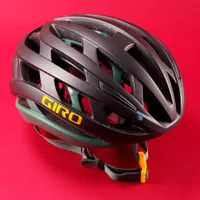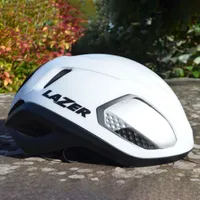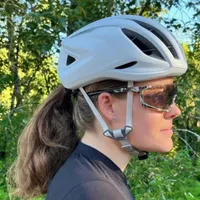Best road bike helmets 2025: lightweight, aero and all-rounder lids for every rider
We've tested a vast number of the best bike helmets here at Cycling Weekly - and here are our top-rated picks


The primary purpose of the best road bike helmets is to protect the head in the event of an accident. To this end, all helmets sold in the UK, USA, and Europe must pass stringent safety tests before being sold.
It might come as no surprise that helmets equipped with MIPS (Multi-directional Impact Protection System) or similar systems dominate our top picks, with seven of our nine featuring one. These systems are designed to prevent damage caused by glancing blows that rotate the skull around the brain.
Safety isn’t our sole consideration, however. When we test the best cycling helmets, we also consider weight, aerodynamics, ventilation, and, in some instances, visibility. Comfort is always at the top of these considerations, but with head shapes and sizes differing so drastically, opinions can be subjective. This is why we recommend trying on a few different styles and brands before purchasing.
We have a new best overall helmet for 2025. The POC Cytal has unseated the Giro Eclipse Spherical from its perch; the Giro is still a fantastic helmet, and we still rate it as one of the best all-rounders. However, POC's updated Cytal now has a performance to match its incredible safety rating.
While this guide focuses on the bike helmets for the best road bikes, this performance often comes at a price. If you can't find something within your budget here, why not explore our guide on the best budget bike helmets? For those looking for something to suit commuting rather than a road cyclist, please take a look at our guide to the best commuter bike helmets.
The Quick List

Not only is the Cytal the safest road bike helmet in the world, according to VTH (Virginia Tech Helmet) scores, but it also offers value and performance to match.
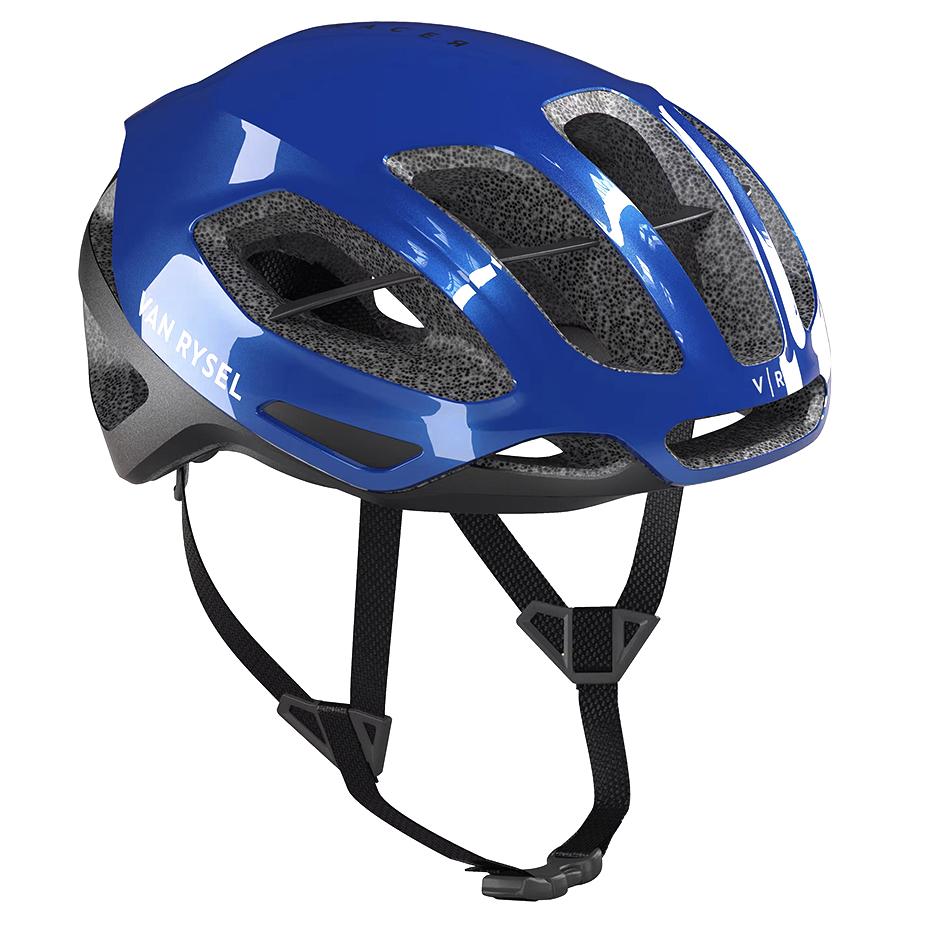
Extremely comfortable, lightweight, and well-ventilated—what more could you need from a helmet? Van Rysel has seemingly hit the sweet spot with RCR Mips while undercutting everyone on price.

Giro's Eclipse Spherical covers all the bases: Comfortable, fast, and safe. It includes MIPS for extra protection, and despite its aero credentials, it doesn't scrimp on ventilation.
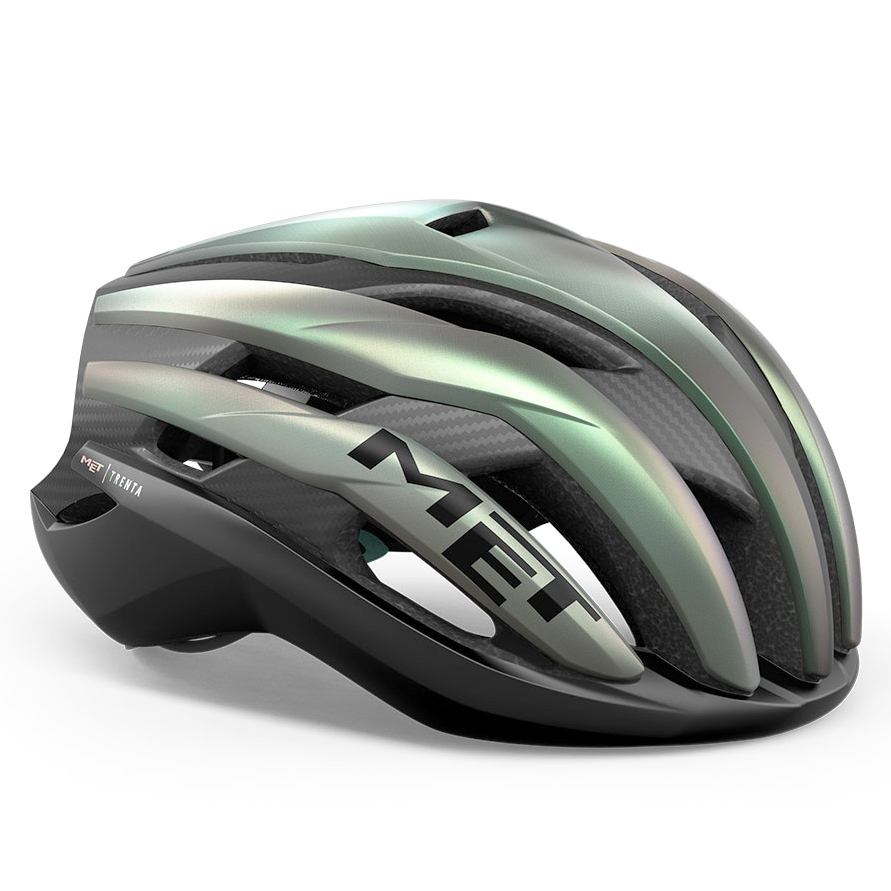
If it's good enough for Tadej, it's probably good enough for us mere mortals. Which it is, with not just an aesthetically pleasing design, but it is light and airy, ideal for warm days and big climbs, and offers bags of comfort.
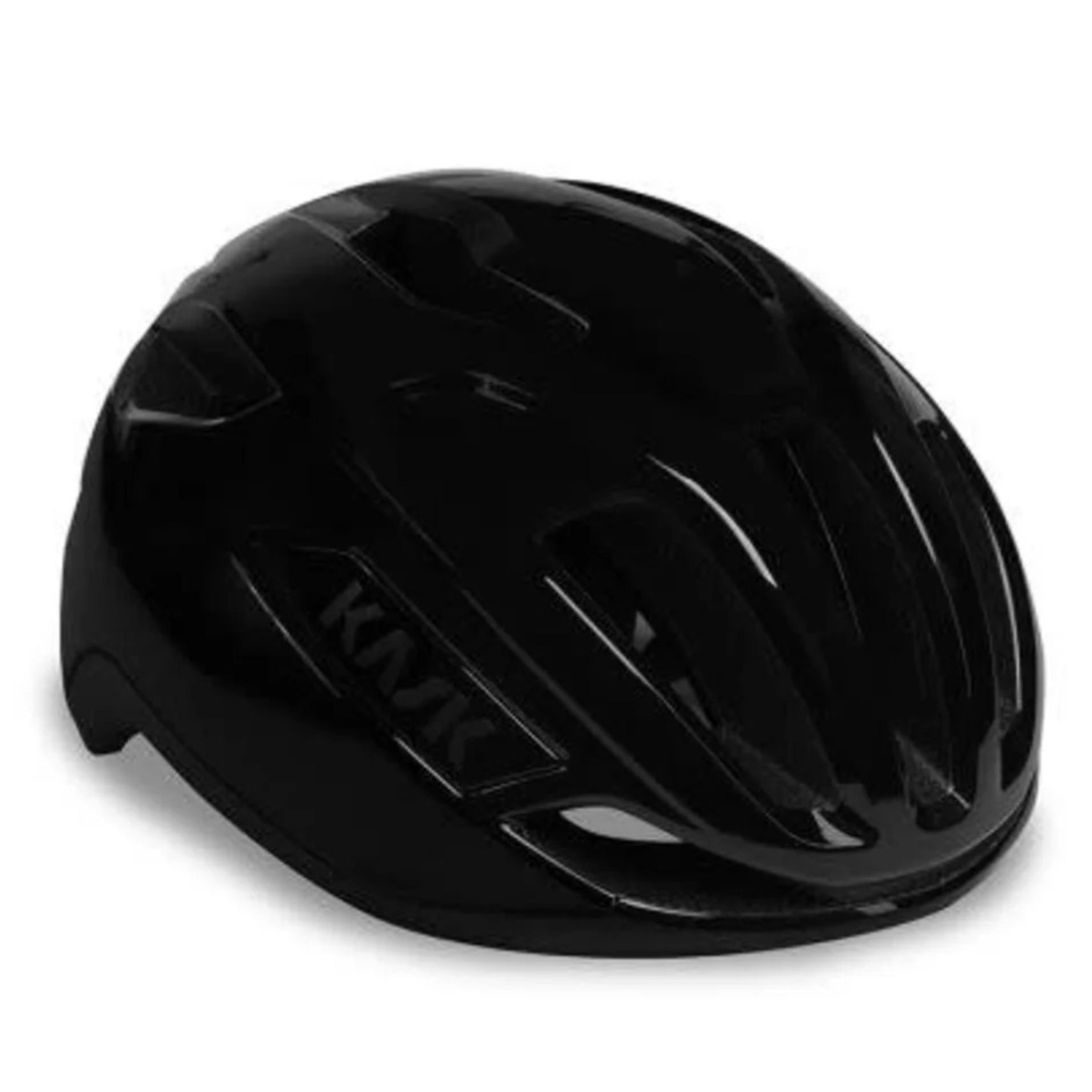
Despite its low cost, the Kask Sintesi is a versatile helmet suitable for road, gravel, and commuting, thanks to its neutral styling. It also benefits from Kask's own WG11 rotational impact protection.
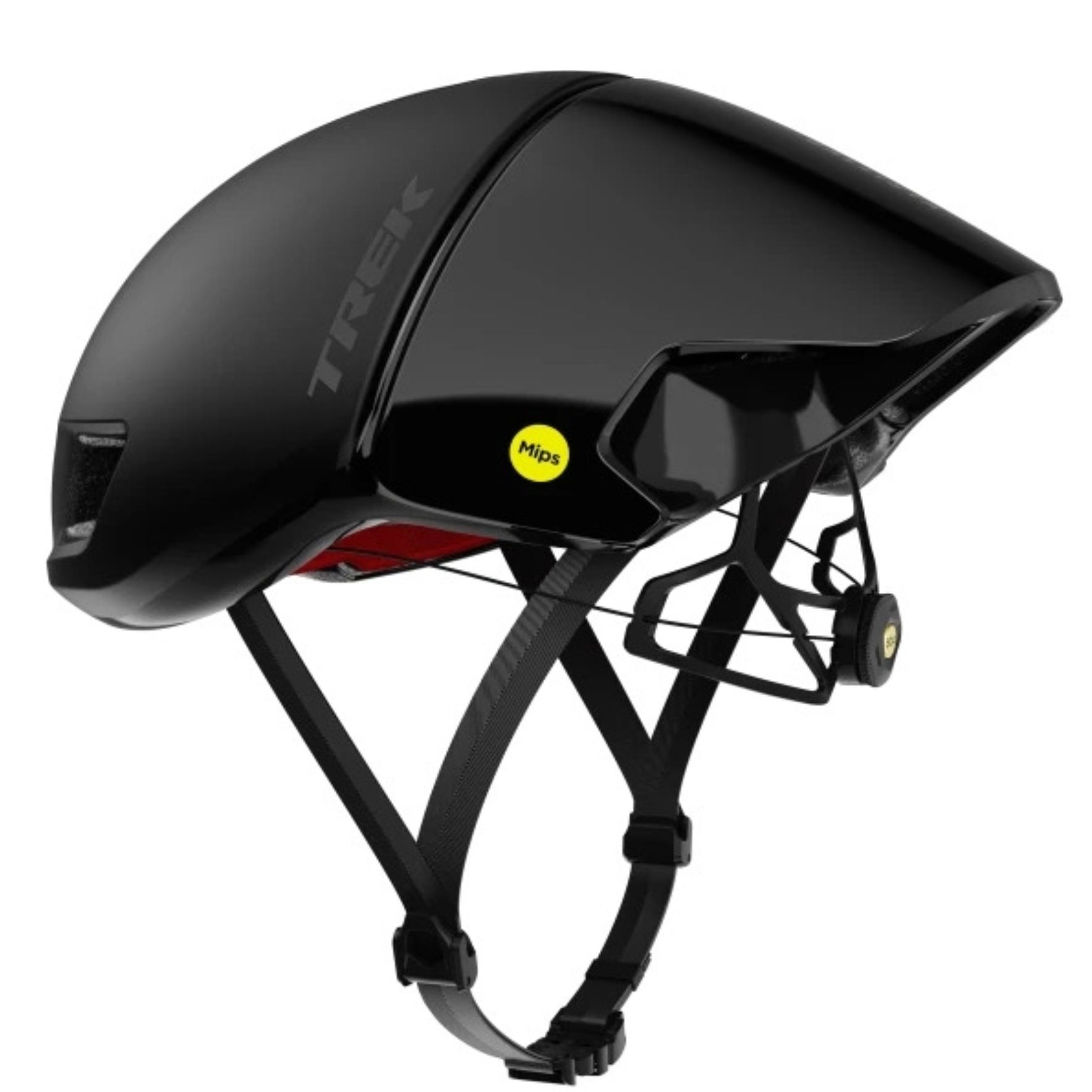
Don't let the aero aesthetic fool you. The Ballista can be a good everyday road helmet thanks to good ventilation and an MIPS safety system. Its BOA adjustment makes it suitable for riders with ponytails.
Click for three more top-picks

Removing bulk from aerodynamic helmets without sacrificing safety and comfort is no easy feat. However, Kask has nailed it with the Utopia Y. At just 260g/9.1oz, it is faster and lighter than some of the best lightweight options.
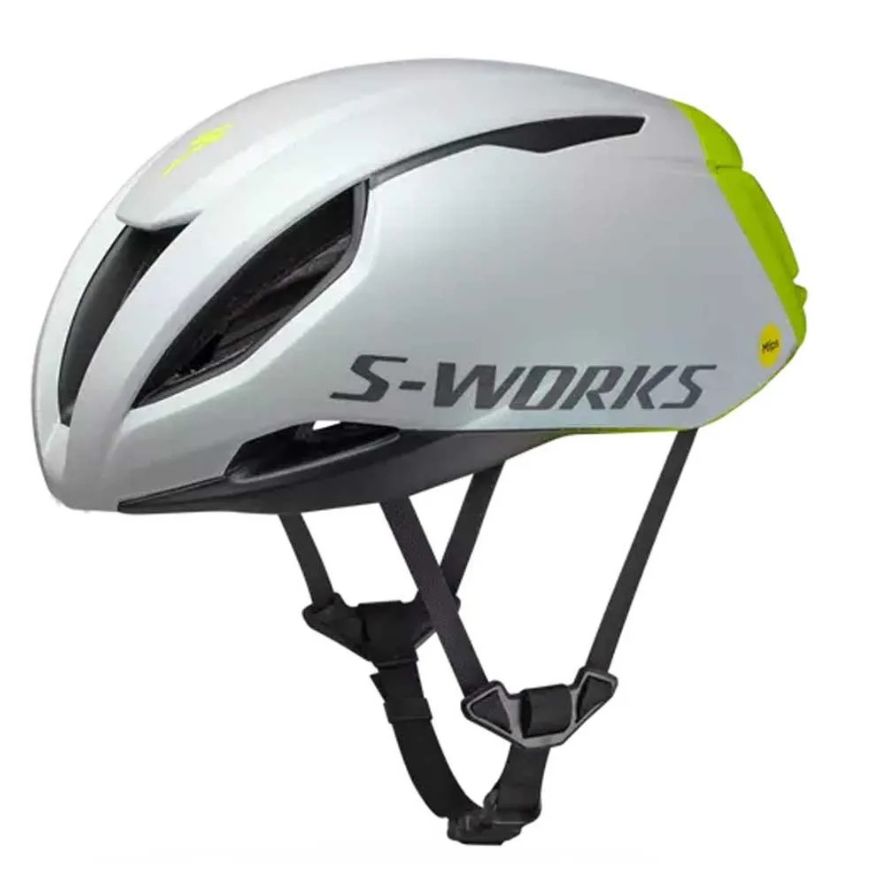
The S-Works Evade builds on its predecessors with better airflow, which was much needed. I can confirm it works very well, culminating in better comfort without sacrificing aerodynamic performance.
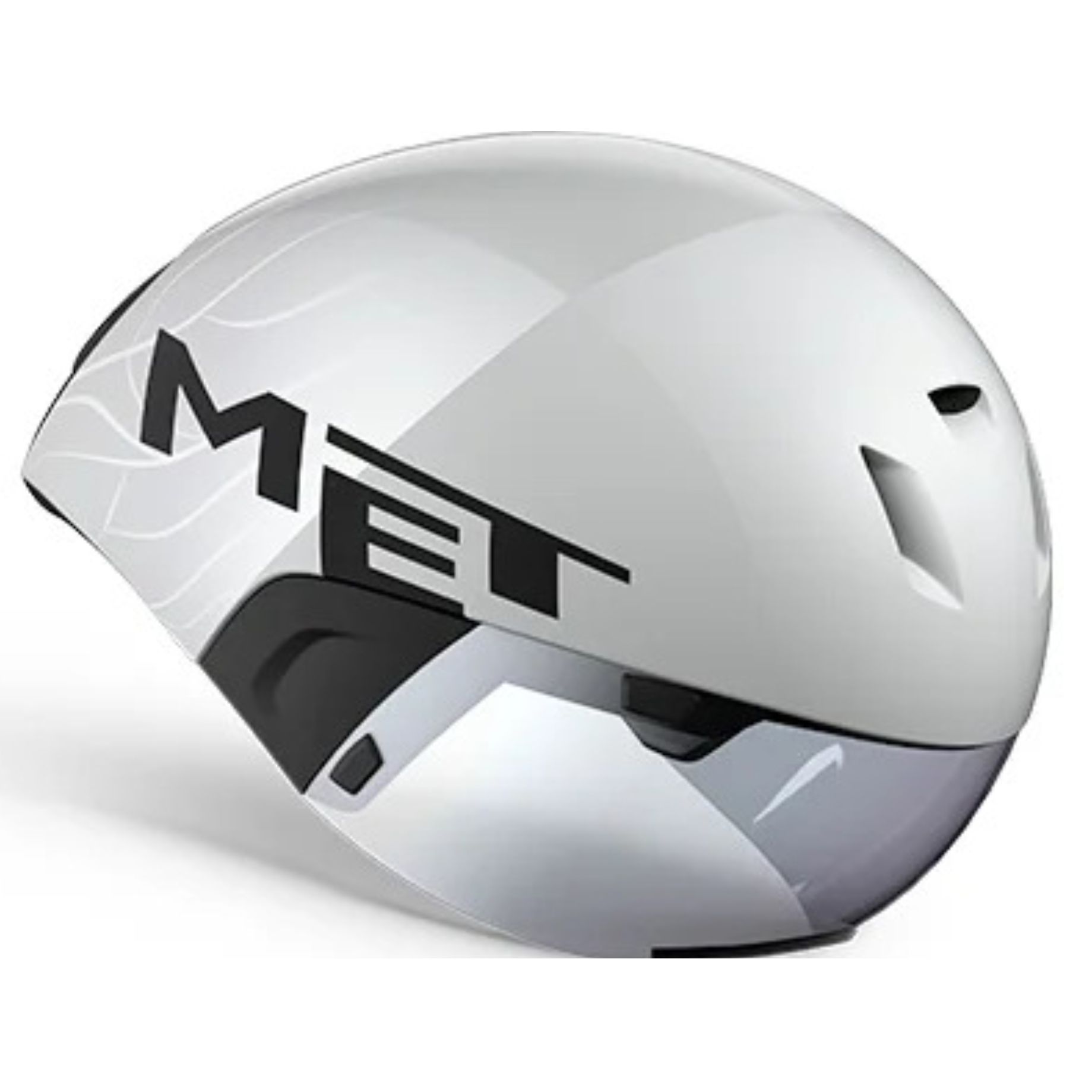
The Met Codatronca's short tail makes it far more versatile than many out-and-out TT helmets. Combine that with great ventilation and comfort, and it's about as close to a road helmet as you can get.
The best road bike helmets - rated and reviewed by the Cycling Weekly team
Best overall
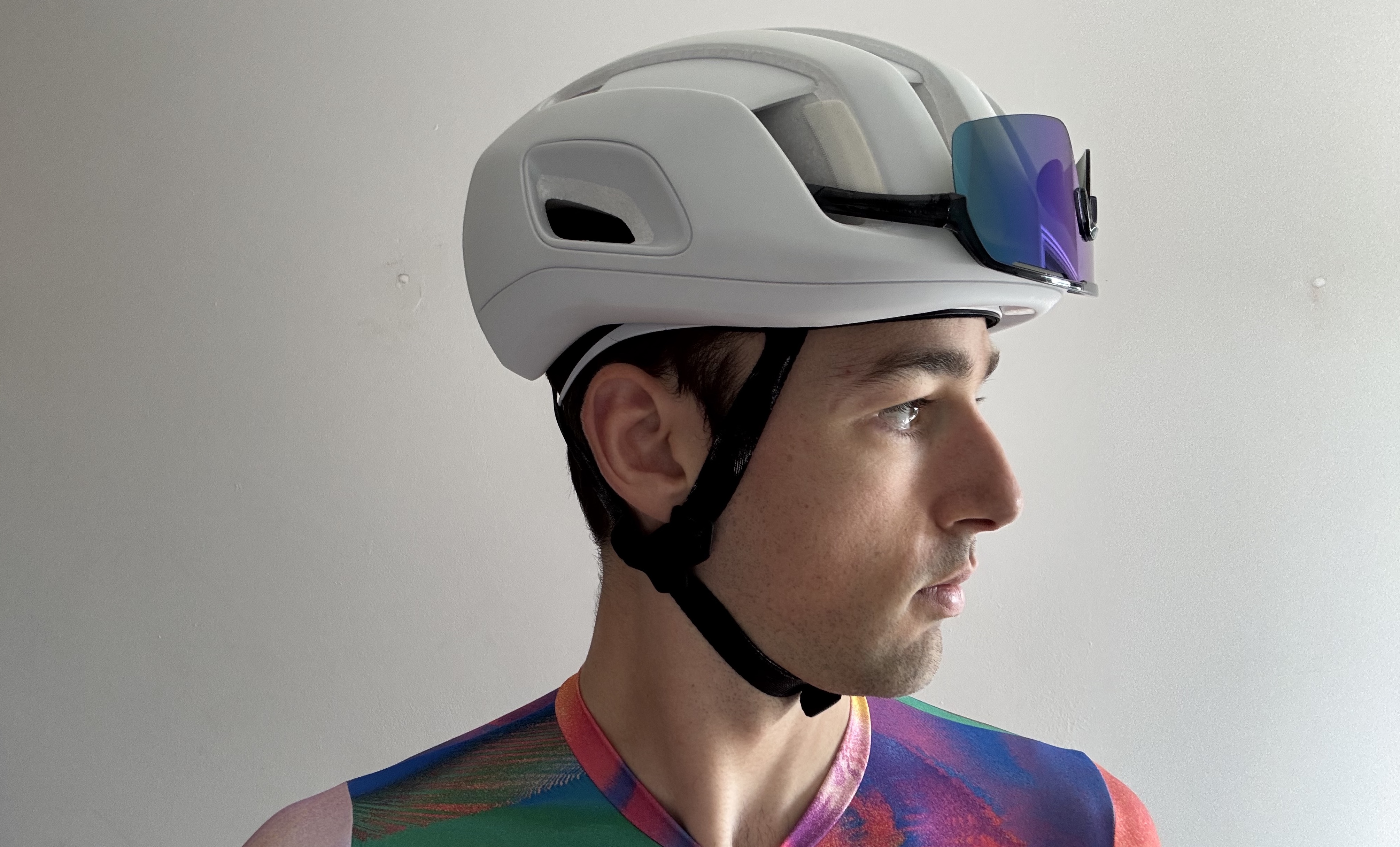
Am I giving off Stormtrooper vibes?
Specifications
Reasons to buy
Reasons to avoid
The POC Cytal, aesthetically looks very similar to its slick black carbon cousin I reviewed earlier in the year, the POC Cytal Carbon. While that is a fantastic helmet, it is really hard to look past its nearly £400/$450 price tag. While they do share a lot, there are also some substantial differences that I think elevate the Cytal over its Carbon sibling.
The first of which is, of course, the cost. By doing away with the carbon fibre elements, the standard Cytal is now £80/$100 cheaper, and the weight penalty really is not noticeable at just 20g/0.7oz, with essentially the same aerodynamic performance thanks to the 'wing' design.
The other significant difference is that the Cytal Carbon stands out from the crowd as very safe, according to Virginia Tech, but it doesn't offer any MIPS-style system to do so. The Cytal changes that by adding the MIPS Node lateral trauma prevention system.
Where the Cytal still excels is in airflow; its large openings, like those on other helmets with similar designs, are excellent at cooling you down when you're moving at speed. However, like many aero helmets, it still heats up quickly on a long climb, which is why many still prefer the Ventral in the mountains. For an otherwise near-flawless helmet, this is a minor point when it comes to extra speed.
Read our full POC Cytal road bike helmet review
Best budget

Yet more performance kit without the cost from Decathlon's in-house brand, Van Rysel
Specifications
Reasons to buy
Reasons to avoid
If you don't know who Van Rysel is by now, where have you been? Ridden to great effect by the Decathlon-Ag2r La Mondiale team. The In-house brand of Decathlon is making waves across the road cycling discipline, with its high performance and incredibly affordable range of bikes, clothing and accessories.
The RCR Mips helmet is the latest of Van Rysel's introductions to receive the Cycling Weekly team's seal of approval. With 4.5 stars out of 5, James really couldn't fault it, claiming it is one of the most comfortable helmets he has ever ridden. He notes that the shape would very much suit 'rounder' heads; of course, helmet comfort differs from person to person. His only real complaint is that it is too well-ventilated for a British winter, which will not be an issue for most, especially those in warmer climates.
For those who think the RCR Mips is still too expensive, a non-Mips version is available for £20 less.
Read our full Van Rysel RCR Mips helmet review
Best all-rounder
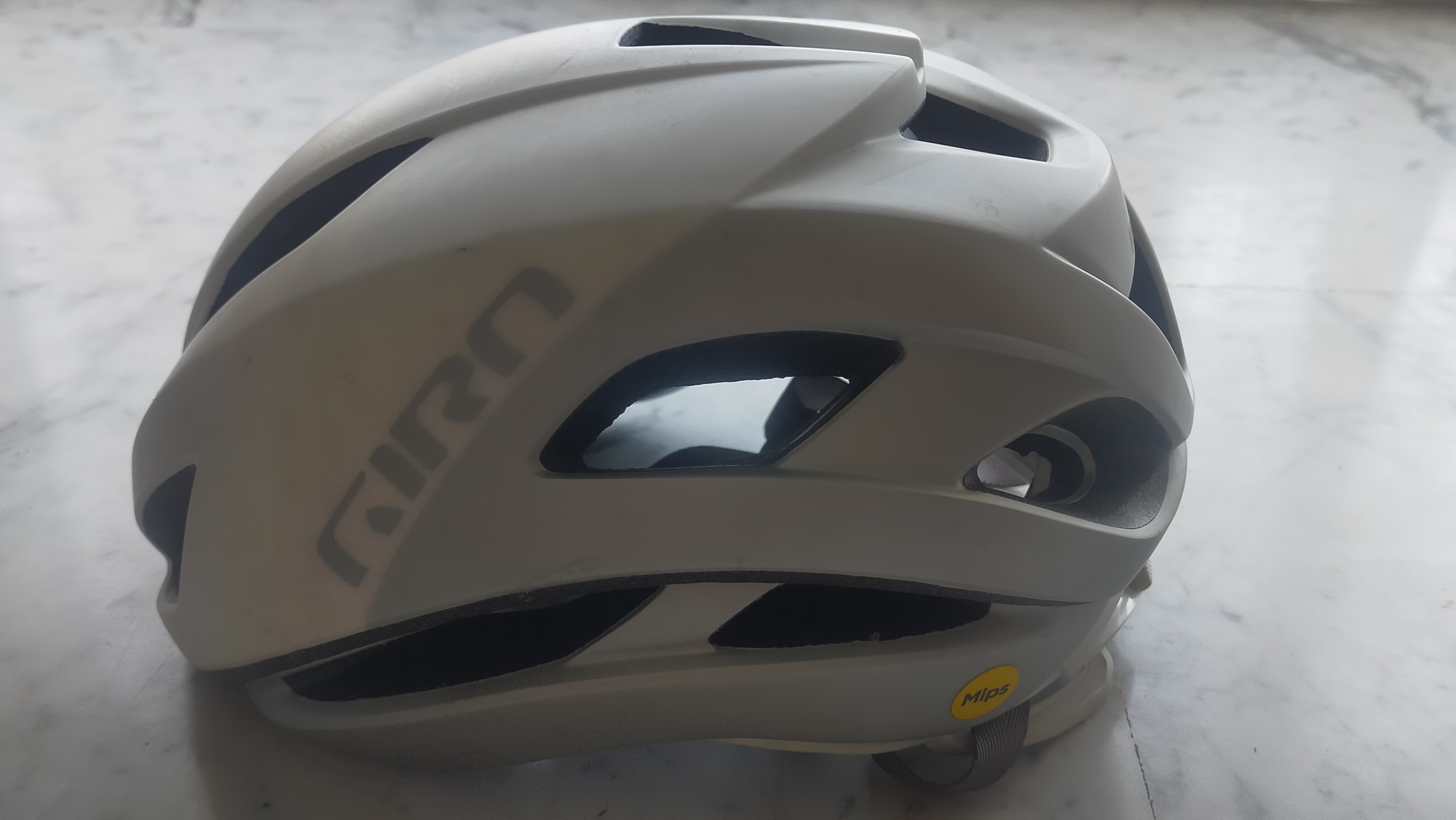
Giro Eclipse Spherical
Specifications
Reasons to buy
Reasons to avoid
The Giro Eclipse Spherical helmet uses Giro's MIPS Spherical tech, where MIPS forms the filling in a sandwich between two EPS foam layers.
We found the helmet to be really comfortable, with an unrestrictive feel and fit. Airflow was impressive and kept us comfortable even in 35C-plus heat. We also appreciated the little details, which are sometimes missing in other helmets - here the straps fit well without flapping and there's space to insert your sunglasses in the front vents.
Giro claims that the Eclipse is the fastest-ever aero helmet (non TT) - which we aren't able to verify, although our tester did achieve his fastest-ever downhill speed and upped his average overall while wearing it.
Read our full Giro Eclipse Spherical cycling helmet review
Best lightweight

Specifications
Reasons to buy
Reasons to avoid
If it is good enough for Tadej, it should be good enough for us, right?
Well, yes, of course, it is a near-brilliant helmet as you would expect for not just MET but for the fastest riders in the world. At the same time, Tadej can call on several helmets in the MET range, including the more aero Manta. It's the Trenta 3K we see him in the most often.
In my few months of testing, I've put it through a wide range of conditions. An outside velodrome, around the quiet lanes of Kent in changing conditions, and up some mountains in blisteringly hot days. The one thing that stands above anything else in my review of the MET is the ventilation. It's 19. All fairly sizable vents do an incredible job of moderating your temperature —maybe even too well, similar to how James found the Van Rysel.
While I could wax lyrical all day about how good this helmet is —its comfort, ventilation, adjustability, and aesthetics —I did have a couple of gripes. Firstly, while the MIPS Air cradle claims to be ponytail-friendly, it always got caught whenever I took it off. I usually wear my hair low in a plait, so this wasn't an issue for me, but for those who do opt for the ponytail, it's not quite right. This is beyond minor, as most helmets have the same issue. Still, given that most of the best cycling sunglasses are now much bigger, MET had obviously accounted for this, leaving a much larger gap between my older Jawbreakers and my 100% glasses. A quick swap and I felt a bit better.
Read our full MET Trenta 3K Carbon road bike helmet review
Best MIPS alternative
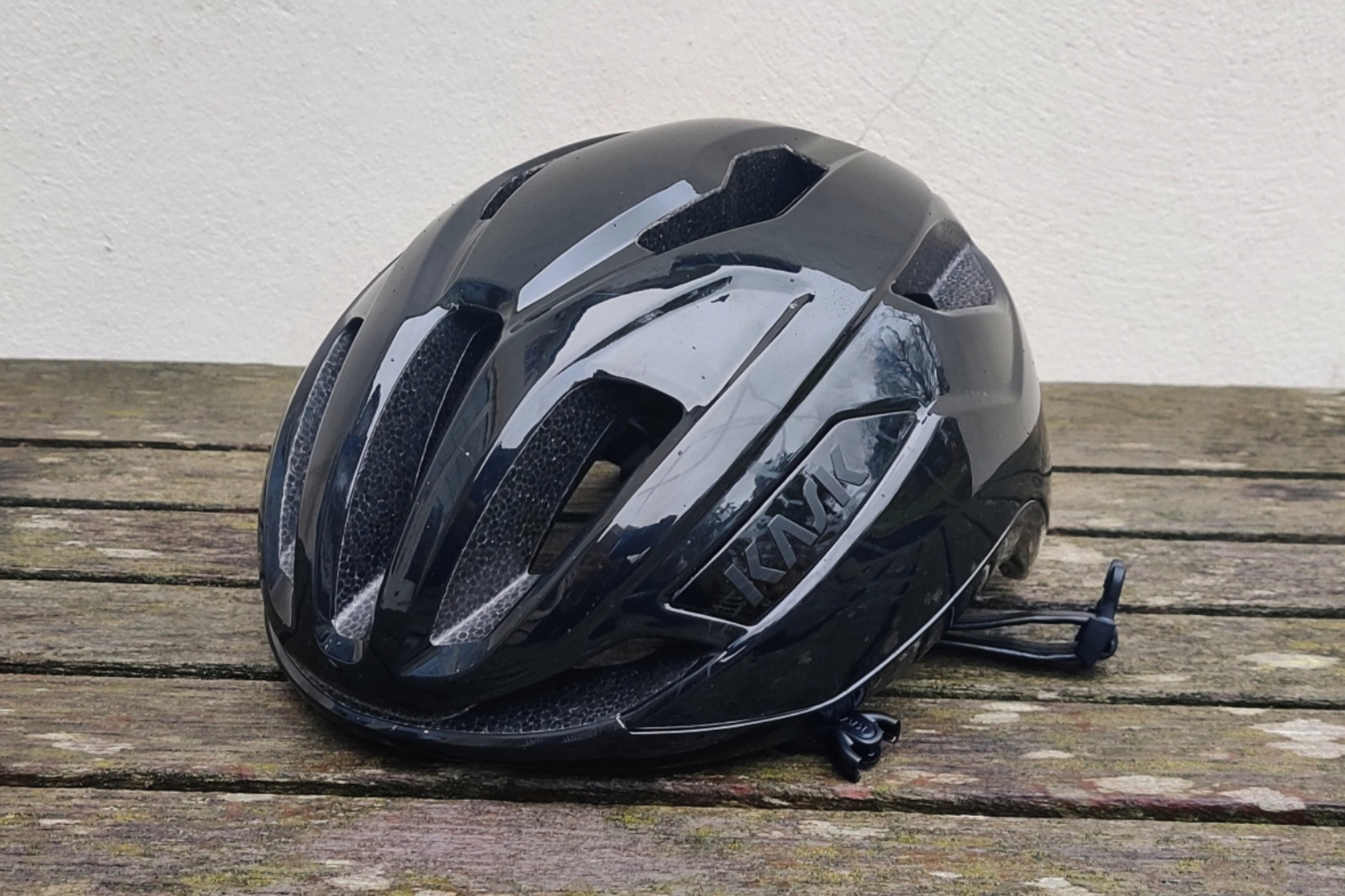
Kask Sintesi is a lightweight offering, weighing just 230g/8.1oz in a size medium
Specifications
Reasons to buy
Reasons to avoid
Kask designed the Sintesi to be a single, mid-priced helmet that worked as well for recreational road cyclists, commuters and gravel riders. It comes in a wide range of colours and is affordably priced.
Kask uses its Ergo Fit retention system, which allows wide vertical and circumference adjustment of the rear of the cradle, allowing two sizes to suit most head sizes, and there is a comfortable synthetic leather chin strap. Rather than an additional layer like MIPS, Kask uses the WG11 protocol to test its helmets for rotational impact protection.
On test, we found that the Sintesi provided good airflow and kept our head cool, although the 13 vents don't offer anywhere to perch a pair of glasses.
Read our full Kask Sintesi helmet review
Best aero
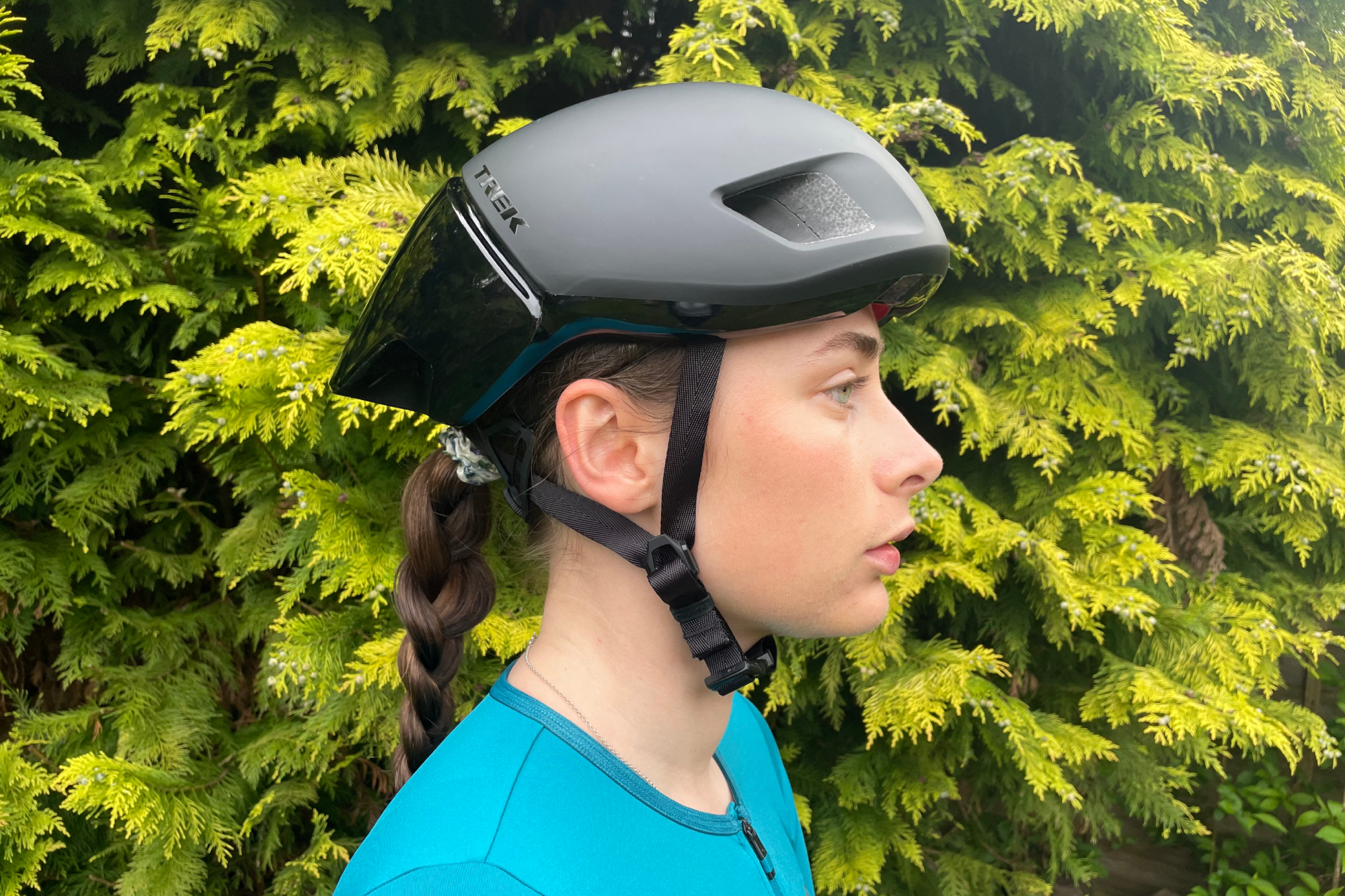
Trek Ballista MIPS bike helmet
Specifications
Reasons to buy
Reasons to avoid
Trek has revamped its racing helmet lines, with the aero Ballista MIPS now including MIPS Air sliding plane tech which doesn't need a separate internal liner. It's an interesting-looking design, with its dropped tail.
It's tightened with a wire and BOA dial system at the rear, which gives a secure, stable fit. There's low profile padding and the straps are soft and easy to adjust.
On the bike, we were impressed by the airflow as well, which works better than some more obviously vented helmets, despite there only being two front-facing vents. We also rated the ponytail-friendliness, although adjusting the cradle height at the rear is a little fiddly.
Read our full Trek Ballista MIPS bike helmet review
Best lightweight aero

Kask Utopia Y bike helmet
Specifications
Reasons to buy
Reasons to avoid
Combining aerodynamics with aesthetically pleasing looks and improved comfort, we found the recently revised Kask Utopia Y helmet to be one of the best road bike helmets.
Despite its closed-off silhouette, the deep channelling and vents under the brow keep your noggin cool and your sunglasses free of sunscreen-infused sweat. You can adjust the retention band down to the millimetre, giving the helmet an excellent snug - yet comfortable - fit. This comfort is further boosted by the addition of thick interior padding, which is very soft against the skin.
Weighing in at only 260g/9.1oz in a size medium, the Utopia Y is also impressively light, especially for an aero road helmet - we found that it really did disappear on our head once we'd strapped it on.
Unlike some other aero lids, the Utopia Y is not bulky looking, and it also comes in a wide range of nine colours, so you'll be able to find a look that suits your individual style or matches your bike.
Read our full Kask Utopia Y helmet review
Best ventilation

Specialized Evade 3
Specifications
Reasons to buy
Reasons to avoid
Now in its third iteration, the Specialized S-Works Evade 3 helmet improves on its predecessors with better airflow and comfort, without sacrificing aerodynamic slipperiness.
It comes with larger front vents and a drag-defeating "diffuser" with wide vents at the rear. Specialized has also made the straps thinner, used a standard buckle and included MIPS Air Node, which is integrated into the internal padding, making it less intrusive than the more normal plastic liner.
The helmet is compatible with the ANGi crash sensor, although Specialized doesn't include this.
We found the Evade 3 comfortable even on hot, dry summer rides and comfortable, if a little narrow on the sides. The narrower straps generated less wind flap too.
Read our full Specialized S-Works Evade 3 helmet review
Best TT helmet
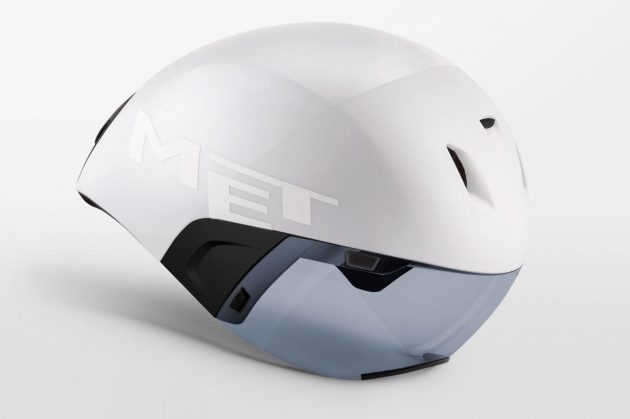
MET's Codatronca features a short tail making it a versatile offering
Specifications
Reasons to buy
Reasons to avoid
With its short tail, the MET Codatronca has an advantage which makes it a more versatile time trial helmet for most riders. Riders will still get significant aero gains but without having to worry that they are always in a perfect optimum "turtle" position - this is particularly relevant when faced with sporting courses.
We found it was a very comfortable lid, which provided a close fit with Met's 'Safe-T Orbital' fit system with retention dial. It also had sufficient ventilation thanks to its three small vents on the front and further two 'exhaust' holes at the rear - included to channel air out the back. It has a clever magnetic visor system, but bear in mind the visor is quite long and therefore may take some time to get used to.
It's got a rather large price tag, but it's well in keeping with the likes of the Giro Aerohead MIPS helmet, so seems about right.
The only downside is that Met helmets aren't currently available in or allowed to ship to the US.
Read our full MET Codatronca TT helmet review
Honourable Mentions
Giro Helios Spherical MIPS ★★★★★
This lightweight helmet is good for bridging the gap between road and off-road adventures; it is hard to see why you would ever spend up for its sibling, the Giro Aether. It uses the same MIPS protection, and there are barely 10 grams between the two. One thing the Helios lacks is a place to pop your sunglasses.
Read our full Giro Helios Spherical MIPS helmet review
The Lazer Vento undoubtedly prioritises aerodynamics, which does compromise ventilation. That said, it's on par, if not better than many in this category. It feels fast and boasts a sleek and comfortable design. Downsides include a poor glasses port, higher price, and high weight (291g), though the latter isn't noticeable while riding.
Read our full Lazer Vento KinetiCore helmet review
Specialized S-Works Prevail III ★★★★☆
The Specialized S-Works Prevail III helmet enhances safety and boosts ventilation by a claimed 25% over the Prevail II. Its Air Cage design distributes impact forces, while MIPS AirNode integrates rotational protection into the padding. I found this delivered exceptional airflow, keeping me cool even in 32°C heat, making it an ideal aero lid for hot climates despite its 280g/9.8oz weight.
Read our full Specialized S-Works Prevail helmet review
How we test
The team here at Cycling Weekly takes helmet testing very seriously. While, of course, we would all like them to enhance our performance, ultimately, helmets are there for our safety and protection.
Although we don't have the facilities to put the helmets through safety testing ourselves, several independent testing facilities do. Most notable and recognised is Virginia Tech, which has created a bike helmet safety rating. If a particular helmet tested by our reviewers rates highly on this scale, we certainly take that into consideration in our overall score.
Outside of safety, our reviewers generally invest several months of testing into a helmet review. This way, we can ensure that helmets are tested in a variety of conditions, temperatures, and intensities to give a comprehensive overview of performance.
Ultimately, at the top of most people's needs for a helmet is comfort; however, it is subjective based on individual preferences and head shape. We aim to provide a fair and conscientious perspective on each helmet's overall comfort. We do this by testing a number of a helmets features, generally this will boil down to postiioning of straps and buckles, the weight, how well ventialited a helmet is at various intensities and the positioning of padding.
Finally, as with anything we test here at Cycling Weekly, a helmet's overall value is assessed against its category and main competition. We also try to offer reasonable comparisons to those in other categories to give unbiased and honest advice about selecting a new helmet. This will be based on its overall performance versus its cost and place in the market.
While these are our main focuses during helmet testing, they can change for each reviewer and differ slightly depending on the category a particular helmet is aimed at. For more information on all of the testing done here at Cycling Weekly, visit our How We Test page.
Meet the testers
We have a number of helmet testers here at Cycling Weekly, covering a wide range of disciplines and a wide variety of head sizes and shapes. Below are just a few who rated helmets highly and are featured in this guide.

Anne-Marije Rook, or just Rook for short, is a prolific bike rider. Hardly a day passes; even when she is injured, she isn't turning pedals. That means Rook really puts the miles into everything she tests. Regarding helmets, Rook offers a unique perspective thanks to her love of any kind of bike. She tests helmets across road, Gravel, and sometimes even commuting and urban cycling.

Although no longer racing at an International level, to say Andy keeps busy would be an understatement. Whilst generally a fountain of knowledge on performance and training, he runs his own coaching business, consults brands and teams on performance, and is a wind tunnel operator at Silverstone. All while finding time to test the latest and greatest for Cycling Weekly. There isn't much Andy doesn't know, and even if he doesn't, he has the means to test it and work it out, which is why his opinion is very valuable.
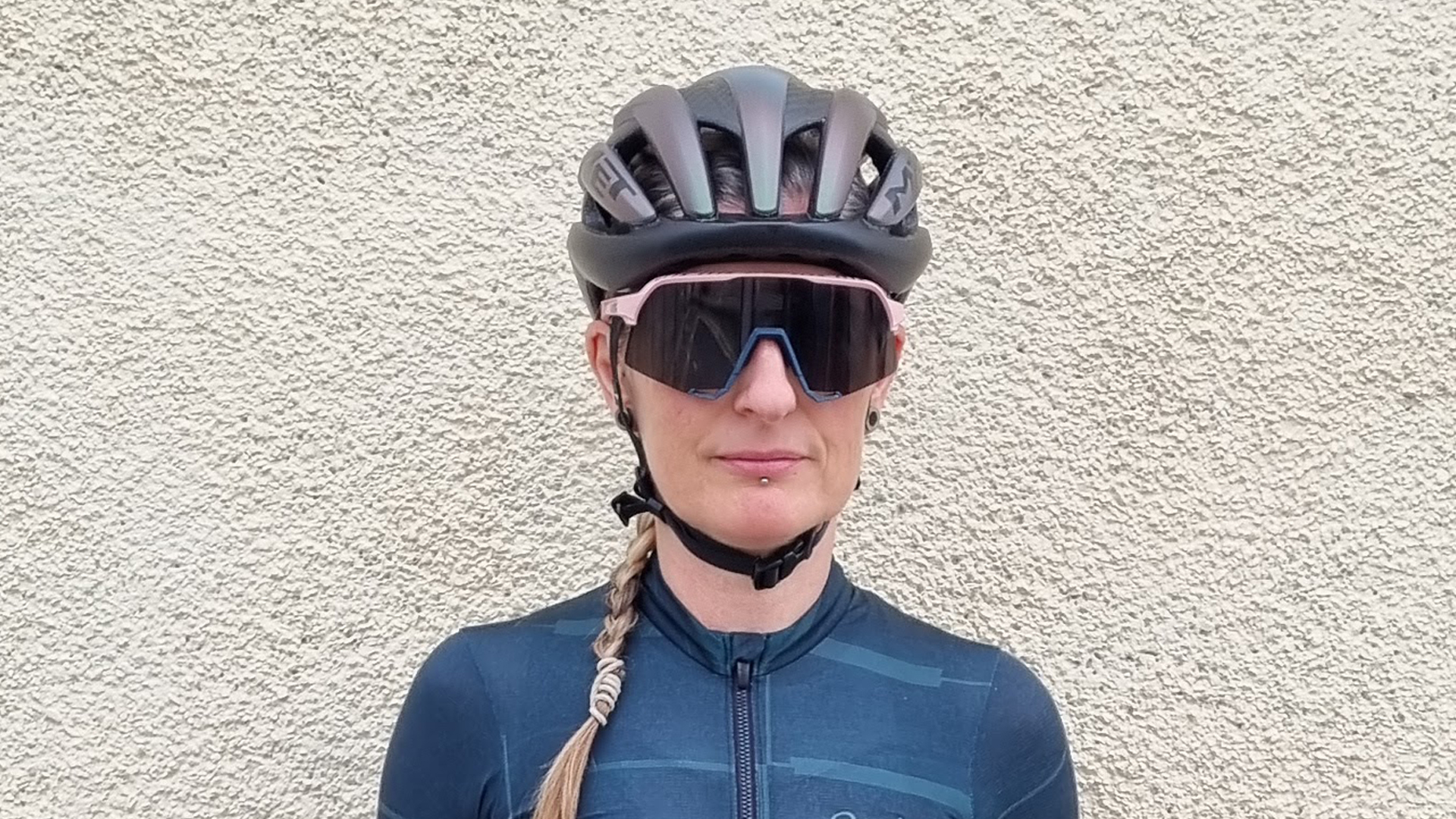
Cat does it all, Road, Track, Mountain Bike and Cyclocross. One weekend, she is cruising the quiet lanes of Britain, and the next barreling down a technical MTB track in the Alps. If we want something tested in a variety of conditions and fast, we call on Cat to get it done, which is ideal for something like helmets, where ventilation and comfort are just as important as performance.
How to choosing the best road bike helmets
What is the safest road bike helmet?
The primary function of a cycling helmet is to protect your head - and all helmets will meet the minimum standards set out by the safety authority in the country of sale.
If you choose to spend more, the helmet won't necessarily be safer but instead may be lighter, and more breathable. The retention system often becomes more comfortable and adjustable on a more expensive helmet too.
A recently developed safety system called MIPS, Multi-directional Impact Protection System, will often be referred to when discussing the level of protection provided by a helmet. It's considered the industry gold standard and you can read all about it below.
If you're looking specifically to save some money then you might want to check out our guide on the Best cheap and budget friendly bike helmets to get the best without breaking the bank.
If you have a budding bike rider in your life then our guide to the Best kids' bike helmets will give you all the important information for how to help you keep their heads safe when riding.
How do I know if a helmet is safe?
Always check that the helmet you are buying is tested to the standard relevant to where you live: CPSC for the US, EN 1078 sticker for the UK, and Europe.
This means that the helmet has passed several tests that look at the helmet's construction, field of vision, impact absorption, retention system, chin strap and buckle. In order to ride in races, sportives, gran fondos and triathlons it is often a requirement to have a helmet that adheres to the relevant local standard.
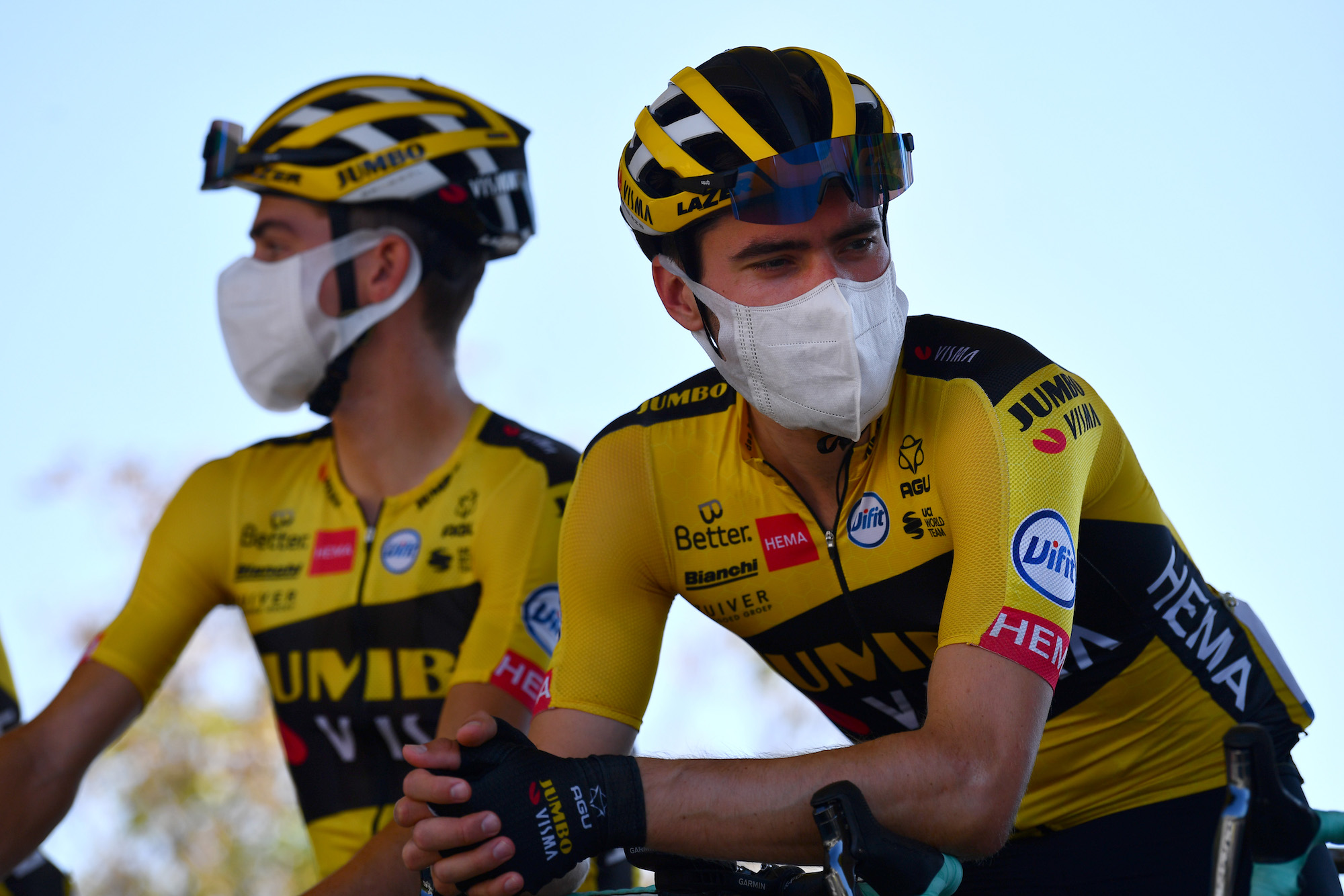
Tom Dumoulin at the 2020 Tour de France (Photo by Stuart Franklin/Getty Images)
What is MIPS and do I need it?
In recent years, we've seen more and more bike helmet brands adopt MIPS. MIPS stands for Multi-directional Impact Protection System; MIPS is actually a brand in itself, and helmet providers using it build the layer into their own helmets. Some brands like Bontrager have their own similar systems.
The MIPS liner is designed to reduce rotational forces on the brain that can occur in the event of a crash. It creates a slip plane to mimic and amplify the brain's protection system to minimize the force transmitted to the brain in the event of an impact.
Helmets with MIPS layers often cost a little more - but there is some evidence to suggest the layer is effective in reducing injury in certain types of crashes.
How should a road bike helmet fit?
How to measure for a helmet and make sure it fits your head.
If a helmet doesn't fit properly then it will not do the job it is designed for. Helmets are often available in different sizes relating to the circumference of your head.
All helmet manufacturers will have a size guide on their websites, and we highly recommend following each brand's recommendations of how to measure for its helmets before investing in a purchase.
If you are measuring at home, place the tape measure about 25mm (roughly two fingers width) above your eyebrows, and as you wrap it around your head, make sure that it's about 15mm above the top of your ear (about a thumb width) ensuring that you measure around the widest part of your head at the back - think cap, not bonnet.
If you aren't confident in doing this, then pop into your local bike shop to get them to help you do this. This also gives you the chance to try before you buy to check for comfort.
You are going to be wearing the helmet a lot, potentially for many hours at a time, so it's imperative that the fit suits your particular head shape, no matter what a review says. It is also advisable to try on a variety of makes and models to see which is most comfortable and the best road bike helmet for you, as they are often different shapes internally. You may find pressure points on a helmet even if it's technically the right size for you.
Some helmets are women's specific and even feature a special gap to allow for a ponytail, such as Specialized's Hair Port system. However, most helmets are unisex and will fit both men and women.
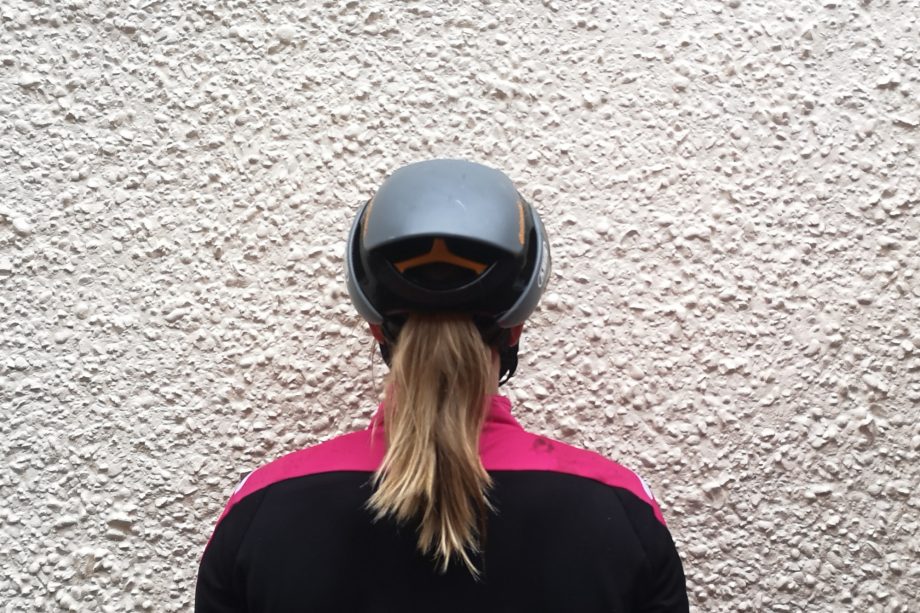
The best road bike helmets come with practical design features such as a ponytail port
Can I adjust the size of a road bike helmet?
Yes. A retention system is used to adjust the fit of the helmet to your specific head size. These are commonly adjusted by a dial or some kind of ratchet system. The best road bike helmets can be operated with a single hand, which is useful for making slight adjustments on the move.
It should be possible to loosen the retention system on a helmet to allow for a thermal skull cap or cycling cap to be worn underneath. This is done for added warmth, and the bill of a cycling cap can be useful for deflecting rain from the eyes. Because of this, caps are a common sight in the spring classics, such as Paris-Roubaix. If when you try on a helmet the retention system is at either end of limit, it is probably the wrong size for you.
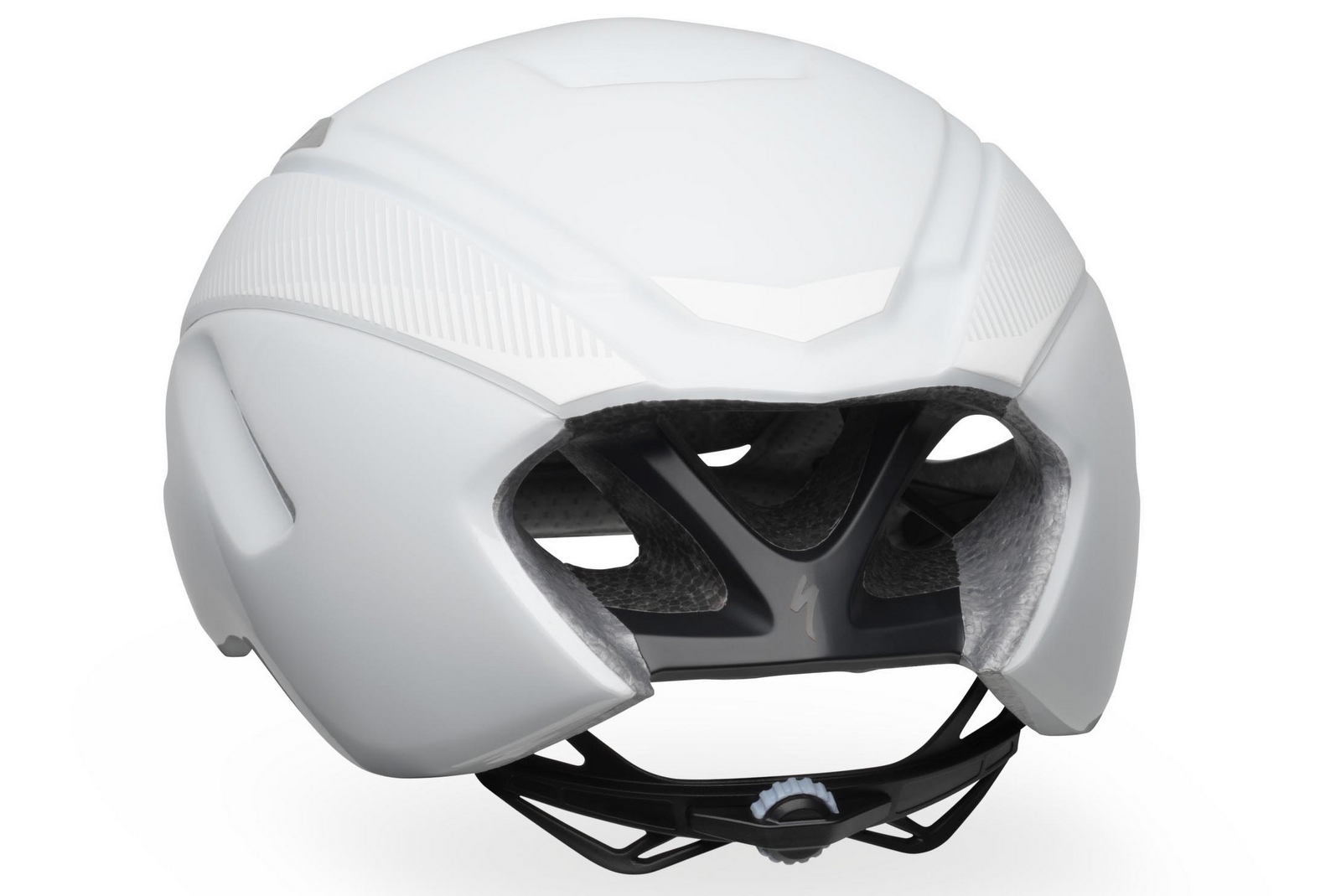
Even in an aero helmet, the rear cradle should allow lots of adjustability
Should a road bike helmet feature padding?
Yes. Padding makes a helmet more comfortable but also helps to wick sweat away from your head. An ideal road bike helmet design will feature padding that can be removed for washing and replacement. The style and thickness of padding varies between helmets, so again, it's worth trying a few models on to see which works the best for you.

The best cycling helmets come with removable padding so they can be washed.
Should a road bike helmet be vented?
Vents are holes in the shell of the helmet. They have two functions – to reduce the weight of the helmet, and also to add ventilation. Helmets with fewer or no vents are usually considerably warmer, though the latest crop of aero lids has shown the value of well-designed internal channelling. This might not be obvious when you try one on in a shop, but once you start working up a sweat climbing a big hill when hot weather cycling, it becomes invaluable.

Helmet designs need to balance airflow and aerodynamics
Is a lighter road bike helmet better?
As is common with cycling kit, as weight decreases price tends to increase. The best road bike helmets will be lightest in their given category, making them the most comfortable option because they place less strain on your neck.
If you're a competing cyclist the other advantage of a lighter helmet is increasing your power-to-weight ratio, 50g might not make much difference to most of us mortals, but to a top professional looking for any marginal gain, it becomes significant.
When should I replace a road bike helmet?
Is it only after an impact or do road bike helmets expire?
If you suffer the misfortune of falling off your bike and taking a head impact, the chances are that the damage to your helmet will be visually obvious, leaving no question about the need to replace it.
However, it's really important that even the best road bike helmets are replaced even if it looks like just a minor scuff on the outer casing. This is because the integrity of the EPS, and other safety features which are designed to absorb the impact are highly likely to have been damaged by doing their job perfectly. This means that the next time you crash, there won't be anywhere for the energy to go, making a head injury more likely.
While the EPS foam in a bike helmet won't just deteriorate with age, it's over that time span that it will suffer with minor knocks and bumps from being stored, dropped from handlebars or popped in a kit bag. The aggregation will add up to volume loss and require a new helmet to be purchased.
It's for this 'EPS volume loss' reason that most helmet manufacturers will also recommend replacing a road bike helmet every three to five years.
Over this time frame, it's also likely that it will be exposed to a lot of UV rays, which can weaken the plastic shell of a helmet too, compromising its safety.
Extreme temperatures can affect the plastic shell too, and while the safety standards will mean it's been tested to the unlikely riding conditions which are as high as around 122°F / 50°C, and as low as -4°F/ -20°C, it could be more likely in places that you store your helmet.
So bear these facts in mind when not wearing your road bike helmet, and doing things like using a case when not wearing it, not storing it in the window with the sun directly on it or in the shed in a really cold winter.
The latest race content, interviews, features, reviews and expert buying guides, direct to your inbox!
Hannah is Cycling Weekly’s longest-serving tech writer, having started with the magazine back in 2011. She has covered all things technical for both print and digital over multiple seasons representing CW at spring Classics, and Grand Tours and all races in between.
Hannah was a successful road and track racer herself, competing in UCI races all over Europe as well as in China, Pakistan and New Zealand.
For fun, she's ridden LEJOG unaided, a lap of Majorca in a day, won a 24-hour mountain bike race and tackled famous mountain passes in the French Alps, Pyrenees, Dolomites and Himalayas.
She lives just outside the Peak District National Park near Manchester UK with her partner, daughter and a small but beautifully formed bike collection.
- Anne-Marije RookNorth American Editor
- Rachel Sokal
- Matt Ischt-BarnardEcomm and Tech Writer
